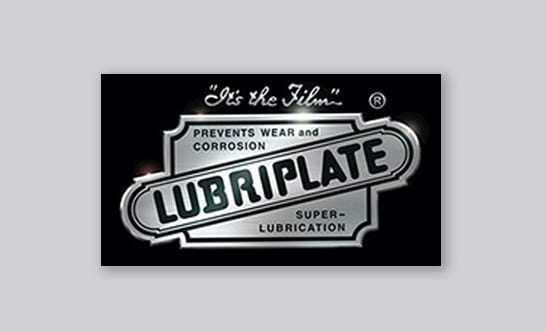Top 10 New Plant Products of 2023 - Part 1
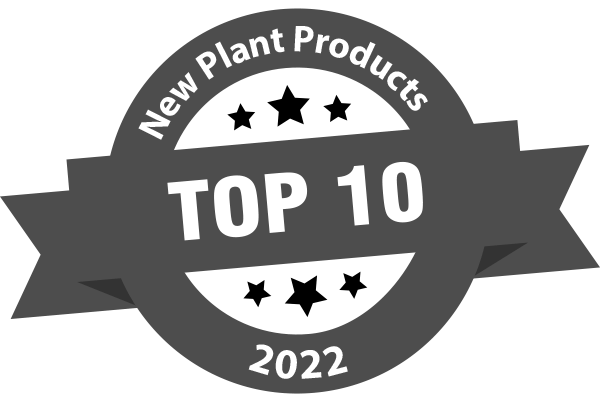
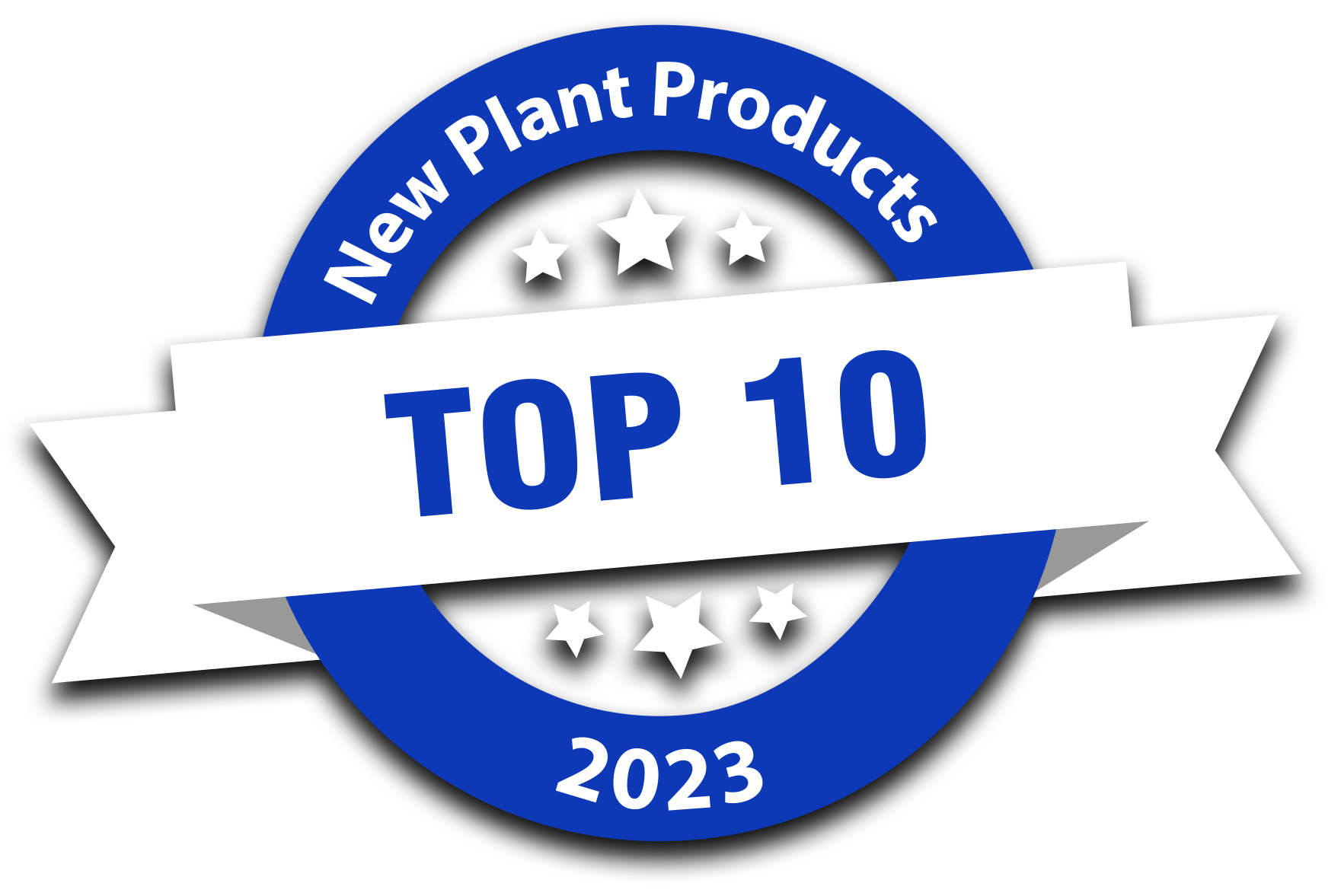
FOOD ENGINEERING’s
Top 10 New Plant Products of 2023
These are the manufacturing plant products that you, the readers, were most interested in throughout the past year.
Video courtesy of Getty Images / cinquefx

#10
New Software-Defined Automation Architecture
Emerson’s new software-defined automation architecture utilizes “boundless automation” to manage, connect and deliver operational technology (OT) and information technology (IT) data across the enterprise. Moving data freely and securely across OT and IT domains—from the intelligent field to the edge and cloud—will reportedly enable operational and business performance optimization across the enterprise.
Leveraging automation requires secure OT data access to put data to work across layers to optimize process, reliability, safety and sustainability simultaneously. New technologies and applications combined with market needs—including “born digital” companies, decentralized operating models and the move toward self-optimized plants—have created a demand for a new automation paradigm where a unified software environment streams data across the enterprise effortlessly, when and where it’s needed.
This software-defined, data-centric and app-enabled architecture from Emerson will reportedly “democratize” data. The automation architecture will gather data from devices and modern edge-based technology control systems and move it to today’s cloud-based enterprise for analysis, trending and forecasting—enabling collaboration between information technology and OT, Emerson explains.
Image courtesy of Emerson
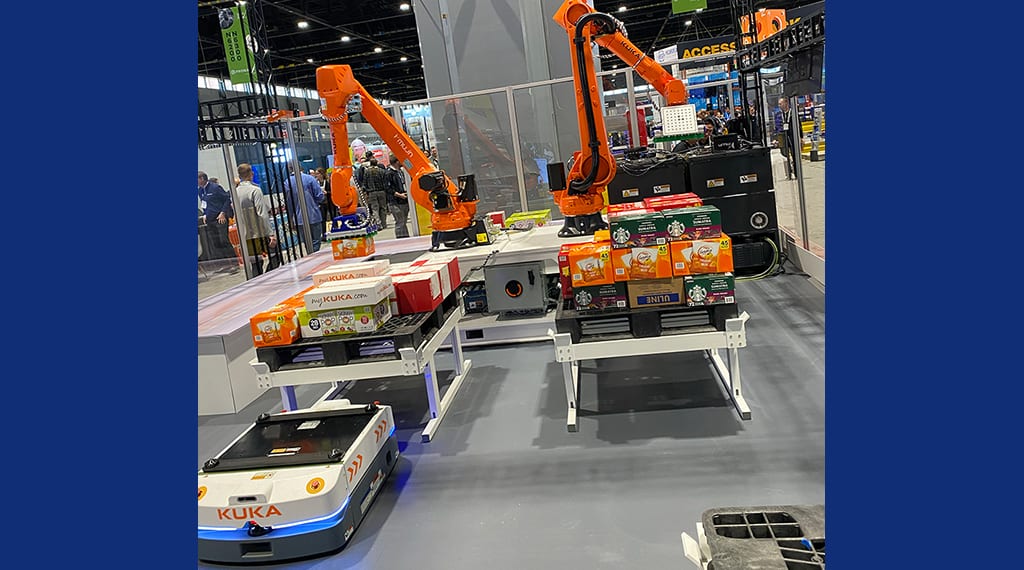
#9
KUKA Robotics’ Mobile Robot
KUKA Robotics’ KMP 600-S diffDrive mobile robot works in unison with a KR IONTEC robot in a Mujin cell for palletizing and depalletizing consumer goods.
With an operating speed of up to two meters per second, the KUKA KMP 600-S diffDrive mobile platform automated guided vehicle (AGV) system uses laser scanners and 3D object detection to meet safety requirements. Its payload capacity is up to 600 kg, and the vehicle requires no safety fencing. Laser scanners are mounted at the front and rear for safe operation at high speeds when cycle times require it.
For automated palletizing/depalletizing, KUKA Robotics' KR IONTEC medium payload robot is designed for industrial applications including handling, packing and palletizing.
For use on the floor, on the wall or inclined, the KR IONTEC is equipped with a waterproof and dustproof in-line wrist and protected motors for use in production areas.
Image courtesy of KUKA Robotics
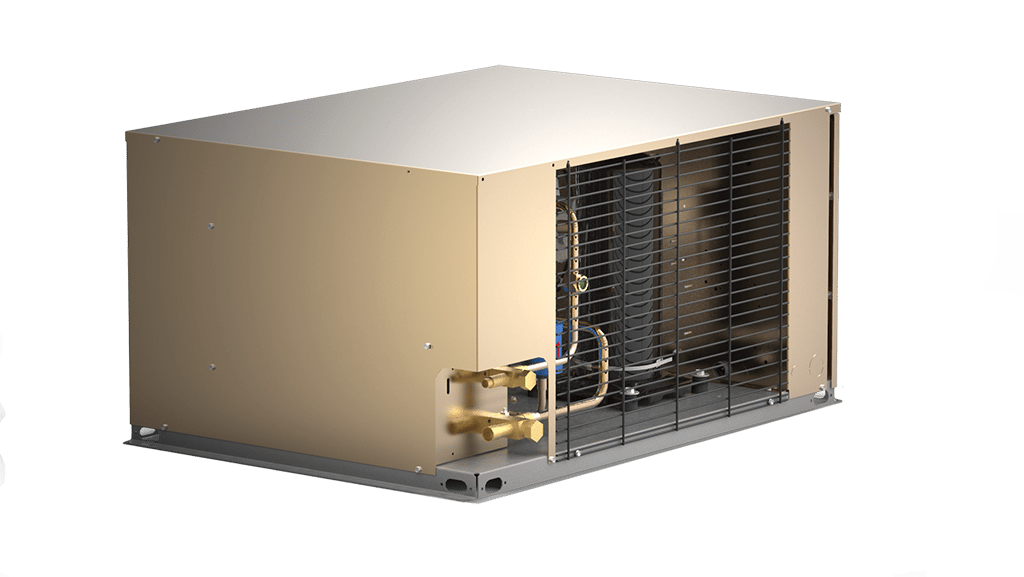
#8
Heatcraft and Honeywell’s Low GWP Refrigeration Solutions
Heatcraft Refrigeration Productsis currently developing new walk-in unit coolers, condensing units and condensers for supermarkets and retailers that operate using Honeywell Solstice L40X(R-455A). Solstice L40X is a commercial refrigeration solution that’s an energy-efficient hydrofluoroolenfin (HFO) blend solution reported to have a low global warming potential (GWP).
Honeywell states that retailers are able to remain compliant with hydroflurocarbon (HFC) phase-down requirements and contribute to sustainability goals due to the refrigerant’s GWP being below 150. Reportedly this solution has the highest capacity and largest charge size of any A2L refrigerant with a GWP less than 150, meaning it has a lower run-time ratio and greater architecture flexibility, which can lower its total costs.
In April, 2021 Honeywell pledged to achieve carbon neutrality in its operations and facilities by 2035. It has also shown public support of the Paris Climate Agreement. Recently, it has announced more sustainability commitments which includes cooperation with Science Based Targets initiative (SBTi) to set a science-based target scoping 3 emissions and participating in the U.S. Department of Energy’s Better Climate Challenge.
Image courtesy of Heatcraft Refrigeration Products

#7
APV Membrane Filtration for Plant-Based Products
SPX FLOW, Inc.’s technology for plant-based concentration using APV membrane filtration is designed to provide clean label products of higher nutritional value. Benefits include a greater yield, higher single-source protein content and a more sustainable process compared to traditional methods using evaporation and chemicals, according to the company.
The APV membrane filtration technology features solutions designed to fit various plant sources, including soy, oat, nut, rice, pea and more. The solutions, designed based on processing needs, include process filtration like microfiltration and ultrafiltration for fractionation, concentration, and standardization of plant protein. Additionally, nanofiltration and reverse osmosis systems are available for solids concentration, valorization of subproduct, and water recovery.
The traditional plant-based concentration involves chemicals or evaporation and can result in a significant loss of proteins. SPX FLOW says its specialized membrane systems allow gentle separation and concentration of product proteins without damage and less than 1% loss. This process also means fewer filler ingredients to maintain the nutritional value of a plant-based product.
Image courtesy of SPX FLOW

#6
UNISOT’s nChain Solution to End Food Fraud
Blockchain-powered track and trace solutions from UNISOT are designed tobring traceability and transparency to every step of the supply chain via digital product passports (DPP). The DPP provides information from raw materials, components, manufacturing locations, cold chain integrity, accreditation, certifications, carbon footprint and waste recycling—compiled from the various actors across a supply chain—to both manufacturers and end users. Accessed through a QR code, the company says the DPP helps consumers to make better-informed purchase decisions and offers the opportunity for supplies to demonstrate greater accountability.
UNISOT’s solution is powered by nChain blockchain technology. This enables the company to expediently roll out the application globally. This is made possible due to the scalability, integrity, availability, efficiency and stability, states UNISOT.
The nChain platform reportedly enables manufacturers to fulfil legal and ethical requirements—compliance with EC Corporate Sustainability Due Diligence (CSDD) rules, the Digital Product Passport (DPP), and the EC Ecodesign for Sustainable Products Regulation (ESPR), proposed and obligated by the European Commission to promote transparency. According to the EC, these regulations will impact the majority of European food businesses, as customers demand more sustainable and informed choices in the coming years. End of Part 1

